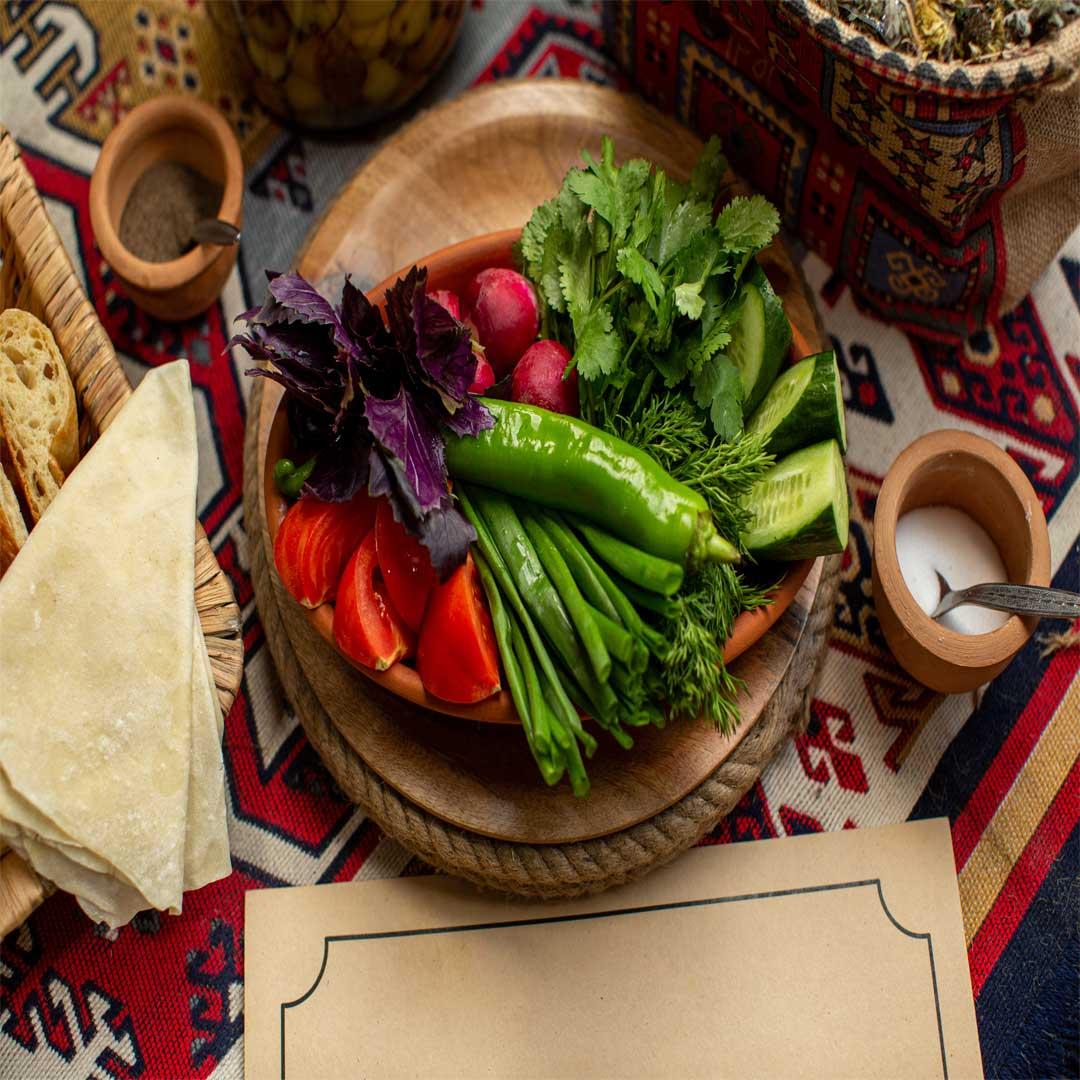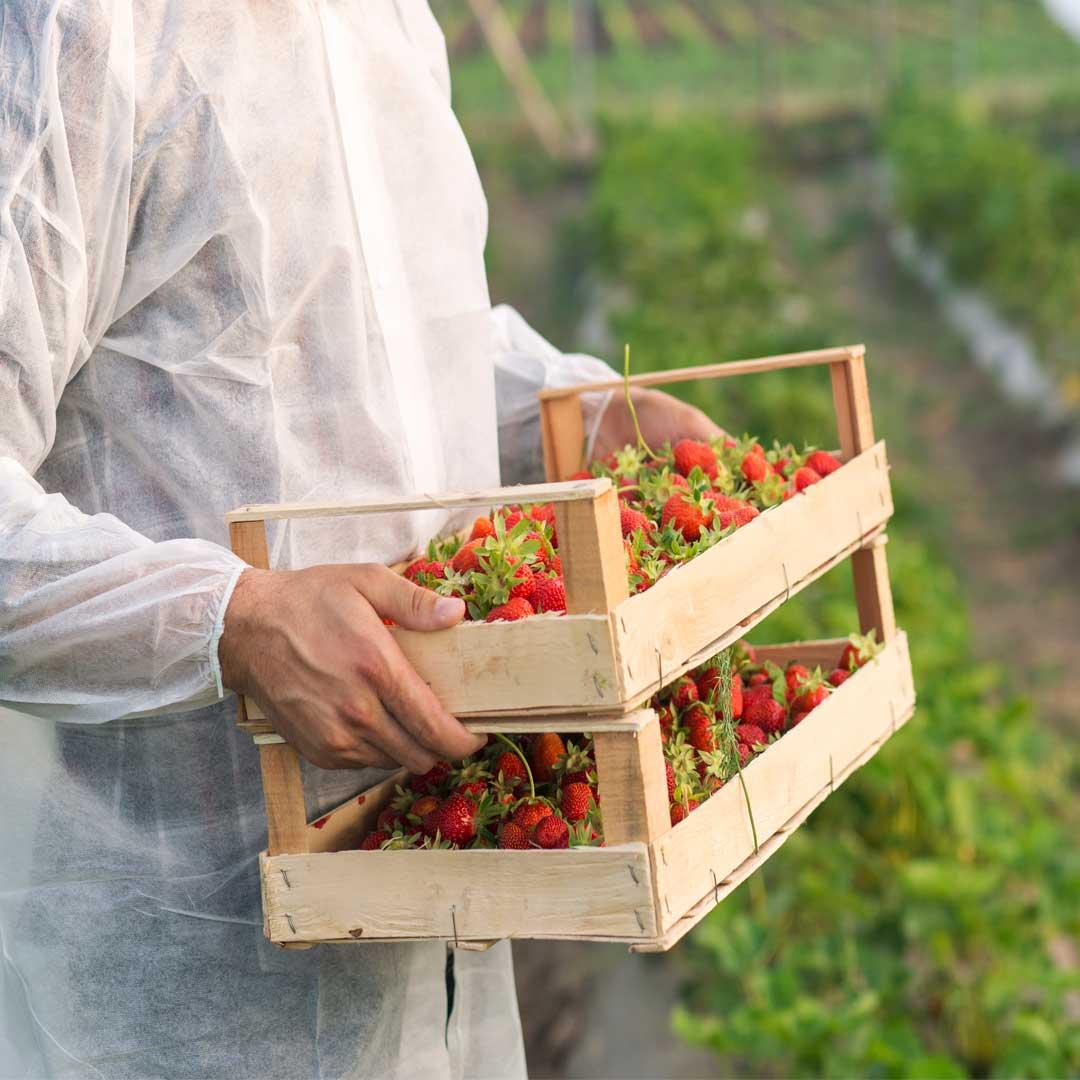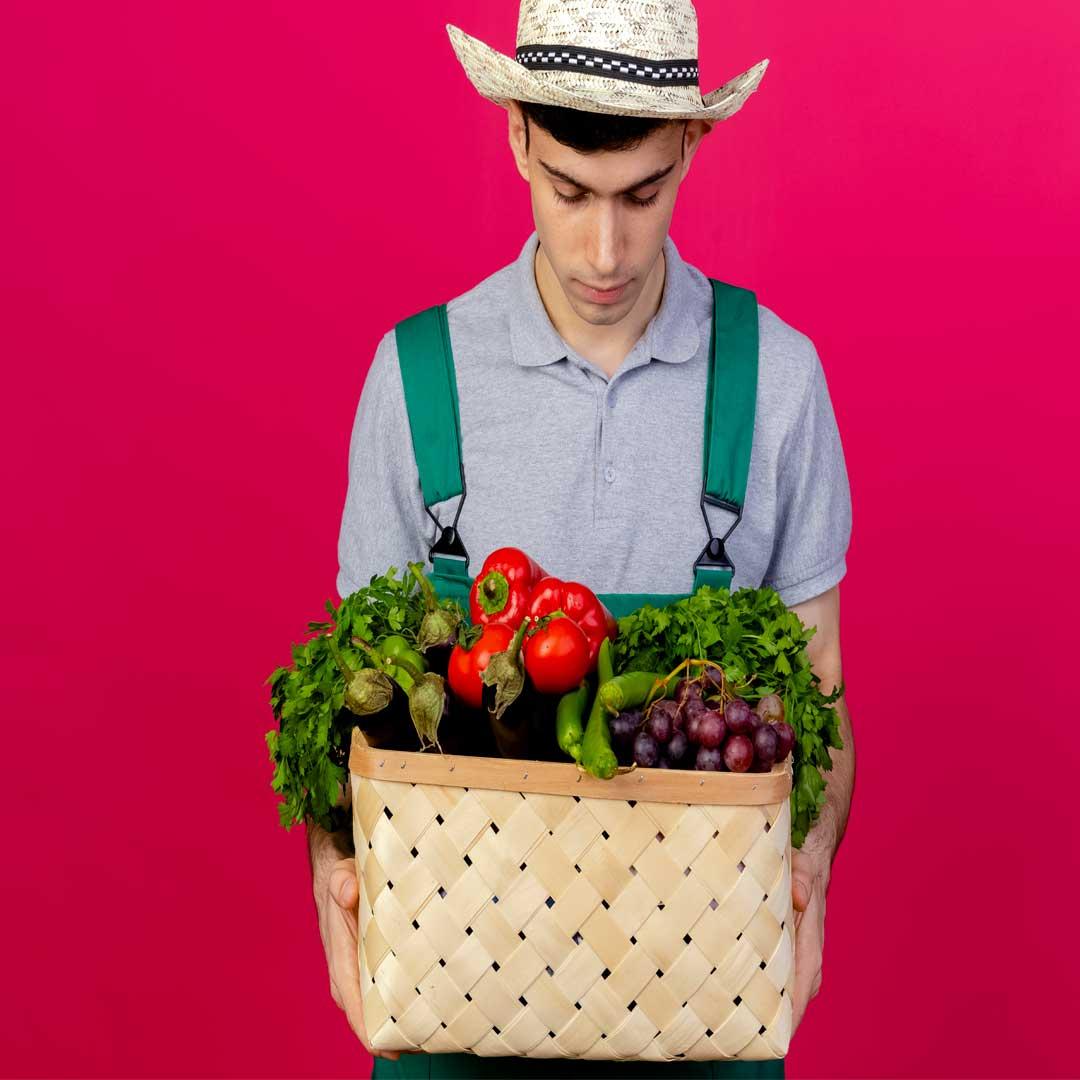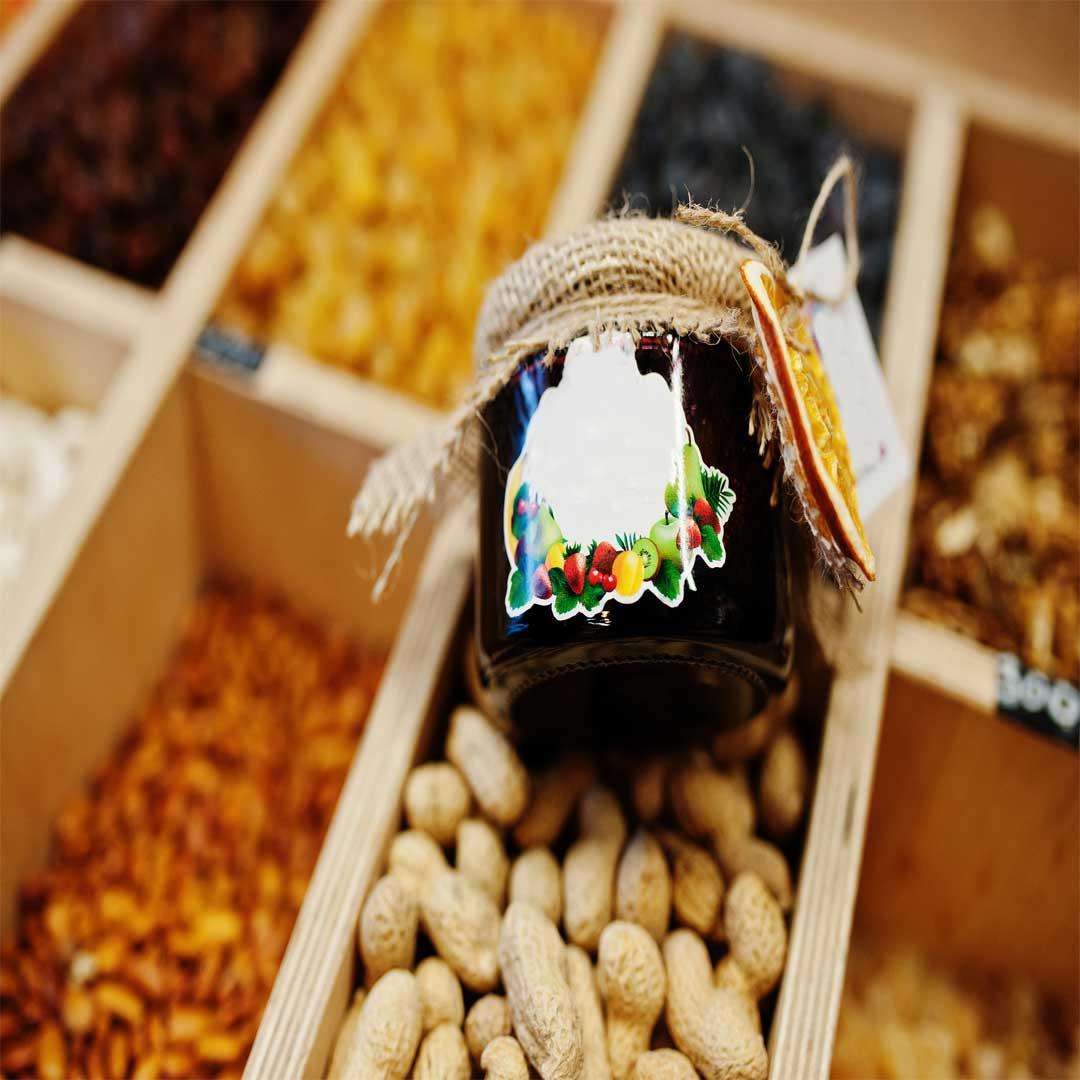France is a major EU market with high demand for premium, natural, and exotic foods. Iran exports pistachios, saffron, d...
Iranian Saffron Harvest Cities of Iran and Connection with Abrisham Road Wholesale B2B Online Platform 🌱🌺🌏
Iranian Saffron Yield of Production in the City of Iran
We can calculate the average yield of saffron production with a rough estimate. In our calculations, we reach a figure of 4 to 5 kilograms per hectare, which is very modest. The acceptable level for saffron field productivity should be close to 15 kilograms per hectare. The soil of each country is one of its most valuable resources, belonging to its people. Our collective responsibility is to strive for increased Persian saffron cultivation productivity through acquiring knowledge and raising awareness.
Iranian Saffron Cultivation in Khorasan:
One of the primary sources of saffron production in Iran is Khorasan. The three provinces of Khorasan Razavi, South Khorasan, and North Khorasan have respectively allocated the highest production of saffron in Iran. Khorasan Razavi, with nearly 85 thousand hectares of saffron cultivation, has dedicated the highest saffron production in Iran to itself. Following that, South Khorasan contributes 15% of the produced saffron, holding the second position with an approximate cultivation area of 15 thousand hectares. Greater Khorasan alone produces 90% of the country's Iranian saffron. Persian Saffron is a crucial part of the lives of the people in this region.
Iranian Saffron Cultivation in Kerman:
After the three Khorasani provinces, the province of Kerman is one of the leading regions in saffron cultivation, with a cultivation area reaching 1600 hectares. The saffron yield in this province is also around 3 to 4 kilograms per hectare.
Iranian Saffron Cultivation in Isfahan:
Isfahan, alongside Kerman, Fars, Yazd, and after the three Khorasani provinces, holds the highest area under saffron cultivation and saffron production in Iran. The cultivation area in this province is close to 1300 hectares.
Iranian Saffron Cultivation in Hamedan:
Due to its exceptional climate conditions, fertile land, and sufficient human resources, Hamedan is highly suitable for saffron cultivation. The Iranian saffron cultivation area in the Hamedan province is around 270 hectares.
Persian Saffron Cultivation in Qazvin:
Another prominent province for saffron cultivation is Qazvin, especially in its southern regions. The current saffron cultivation area in Qazvin is approximately 80 hectares.
Iranian Saffron Cultivation in Fars:
Fars is also one of the leading provinces in high-quality saffron cultivation. The saffron cultivation area in this province is about 1100 hectares, with a production of around 4000 kilograms.
Iranian Saffron Cultivation in Lorestan:
The beautiful province of Lorestan is a hub for producing some of the highest-quality saffron in Iran. With a cultivation area of over 380 hectares and a saffron harvest of around 1100 kilograms, it stands as a primary center for premium Iranian saffron production.
Persian Saffron Cultivation in East Azerbaijan:
East Azerbaijan, with a saffron cultivation area of 350 hectares and a saffron production of 1400 kilograms, is one of the leading provinces in saffron cultivation.
Iranian Saffron Cultivation in Kurdistan:
According to official statistics, the saffron cultivation area in Kurdistan province is 42 hectares, with an average saffron yield of about 4 kilograms per hectare. Saffron cultivation in this province is a nascent and innovative business, with many enthusiasts venturing into saffron cultivation based on interest without specific expertise. This suggests that Kurdistan, given its favorable climate and the knowledgeable youth in the region, could have a significantly better position in saffron production in the future.
Persian Saffron Cultivation in Qom:
In Qom province, especially in its mountainous regions such as Kahak, saffron cultivation has recently started. Provincial authorities have provided good support for this type of water-efficient cultivation. The saffron cultivation area in Qom province is around 30 hectares.
Iranian Saffron Cultivation in Khuzestan:
Saffron cultivation has been initiated in northern Khuzestan and the Dezful region for some time now, demonstrating considerable yield. However, considering the unique climate conditions of Khuzestan, most saffron cultivation in this province is done in the form of greenhouse cultivation.
Persian Saffron Cultivation in Yazd:
Yazd province, with a saffron cultivation area of around 900 hectares, is one of the main poles of saffron cultivation in Iran. The saffron production in this province reaches 3 tons, representing a key capacity for the production of high-quality Iranian saffron.

Abrisham Road: Connecting with Iranian Saffron Farmers: 🌐
To enhance the yield and quality of Iranian saffron, active and effective communication with farmers is crucial. In order to expand international markets for Iranian saffron, the creation of an online wholesale B2B platform named
"Abrisham Road"
can be a significant step in this direction. "Abrisham Road," as an electronic wholesale trading platform, facilitates easy access to high-quality saffron for international buyers. This platform allows Iranian farmers to directly supply their saffron to global markets, increasing their productivity.
“Abrisham Road”
connects farmers directly with international buyers by providing accurate information about products, markets, and prices. This platform enables farmers to showcase their brands and explore new markets. Through "Abrisham Road," farmers can directly communicate with international traders and distributors, seizing new business opportunities.
Using “Abrisham Road,”
farmers can showcase their products directly to international traders and distributors, fostering direct communication and opening up new business opportunities. The platform's simplicity and diverse features create a global community for high-quality Iranian saffron.
By actively engaging with Iranian farmers and establishing this international platform, "Abrisham Road" plays a prominent role in the development of the Iranian saffron industry. It helps improve business processes and enhance the productivity of saffron cultivation in our country.
This strategic initiative aims not only to assist farmers in increasing their productivity but also to promote Iranian saffron as a quality brand in the global market. Through effective communication with Iranian farmers and the establishment of this international platform, "Abrisham Road" is contributing significantly to the growth of the Iranian saffron industry. 🚀🌍





